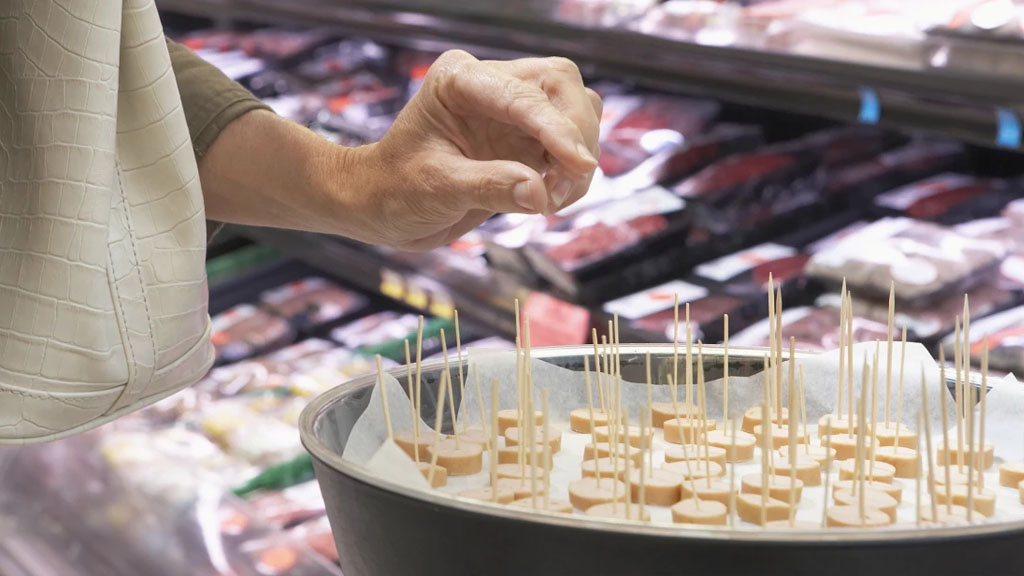What Are The Different Types Of Central Location Testing?


Central location testing is a vital piece of the puzzle for brands looking to gain consumer insights into their products. They tend to occur in neutral environments such as shopping centres, department stores, or other locations where the brand wants to have a presence.
They provide brands with the opportunity to gain critical customer feedback without many of the biases that can decrease the reliability of the findings and allow research teams to collect all-important non-verbal feedback.
However, not all central location tests are the same. Different central location test methodologies provide different insights into consumer reactions, and feedback varies across these individual methodologies. Below are some key differences in types of central location testing.
In a monadic test, each participant is exposed to one stimulus. It could be that they only taste one product or only give feedback on the packaging of one product.
This test is helpful for brands looking for initial feedback on a new product or packaging concept. This can help them make any last-minute changes before they go into production, saving time and money in the long run.
Participants taking part in a paired comparison test are given two products to evaluate. For example, they may be asked to assess the relative taste quality of two products alongside each other. Participants are usually asked to compare them based on a set of standardised criteria to generate relative rankings.
This methodology is perfect for brands looking to compare their products against the current market leader. It can also be useful for evaluating similarities and differences between two products and seeing which variables elicit the strongest customer feedback, such as testing different flavours of the same product.
You can repeat this test several times to ensure the validity of the results, proving beyond doubt that the findings were not random.
The sequential-monadic test works the same way as the standard monadic test, except this methodology covers two products. They evaluate the two products separately, and then once those assessments have taken place, participants are asked to re-evaluate together to generate relative rankings.
Carrying on the monadic test in this manner neutralises the natural tendency among many participants to exaggerate differences when comparing two products simultaneously.
While the above list of central location testing methodologies is by no means exhaustive (there are other options such as triadic preference testing and proto-monadic testing), they are the most common research methodologies used within the consumer goods industry.
At WSS, we’ve carried out central location testing for more than two decades. Our expert team of researchers conduct consumer testing in ways that minimise bias and ensure validity. With consumer research carried out by our team, you can rest assured you receive consumer insights you can trust.
So, no matter your specific testing methodology preferences, make sure to contact a member of our team today to discuss your brand’s consumer research project in more detail.
We are available via telephone on +44 (0)151 346 2999 or via email at info@wssintl.com.